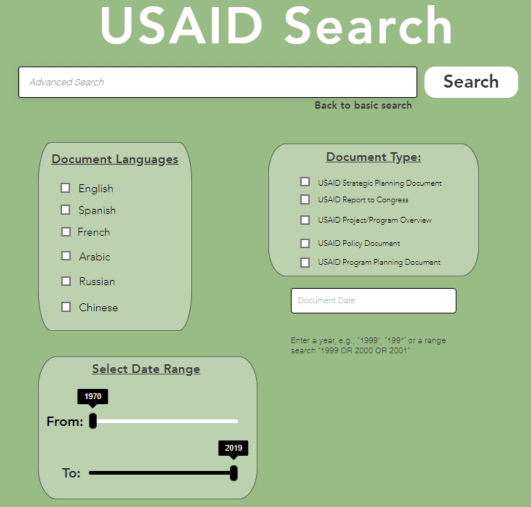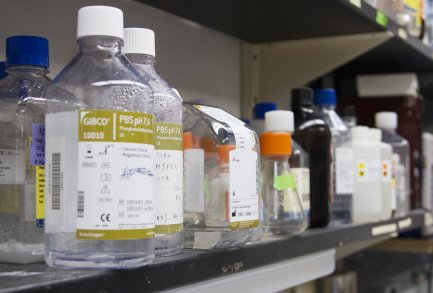Purdue University: Students design new database for US government
Project Background The Virtual Student Federal Service (VSFS) is an eInternship program for U.S. citizen students, college-level and above, to work on projects of global importance throughout the U.S. government. A team of 6 students,…

Project Background
The Virtual Student Federal Service (VSFS) is an eInternship program for U.S. citizen students, college-level and above, to work on projects of global importance throughout the U.S. government. A team of 6 students, led by Professor Lisa Bosman, participated in this intensive eInternship to help drive digital innovation in the public sector.
Amongst participants of the VSFS are some of the largest organizations in the United States government.

Challenge
How might we help the DEC to improve their search engine to provide more ease of access to users, researchers, and business?
The current database leveraged by government employees is outdated. Capable of searching for and downloading only one document at a time, critical tasks are time consuming and tedious
In a collaborative project between Purdue University and the VSFS, engineering technology students were tasked with designing and prototyping a user-friendly and searchable database of historic and contemporary documents to facilitate evidence gathering, research, and diffusion of knowledge in support of global biodiversity conservation.
The current database leveraged by government employees is outdated. Capable of searching for and downloading only one document at a time, critical tasks are time consuming and tedious.
Approach
The team identified design thinking as the best methodology for developing new, more innovative solutions to the challenge. As the student team would be in and out of lectures over the duration of the project, they decided to use Sprintbase to help them continue building design thinking skills while applying it in the field.
They worked with users and the current Development Experience ClearingHouse (DEC) website to create a prototype that would allow for the easier dissemination of DEC data.
The team began by getting inspiration in the field. They conducted field research to gain empathy and understanding of the Development Experience Clearinghouse (DEC) database, a freely available online tool. Then they observed what other websites similar to the DEC have done to combat similar problems and highlighted shortcomings.
Using Sprintbase as their guide, they uploaded findings to the workspace, formed insights and voted on which to take forward. After redefining the challenge based on their insights, they generated dozens of ideas and proceeded to prototyping.
“Sprintbase allowed us to execute remote projects effectively by giving us the opportunity to submit our findings at any point. It was important because when working remotely it is often hard to explain your idea without visuals if the person isn’t in the same room as you.”

Outcome
Two functioning prototypes were created that utilized the DEC API (application programming interface) to pull data and provide a real-world experience for test users. During this phase, the team used Sprintbase’s feedback function to validate assumptions and hear from real-users ways they could rapidly improve.
The polished prototypes offered drastic insight into how to improve the database. According to the student team, the prototype delivered to DEC was already more user-friendly than the current site. In addition, several other user preferences were added, such as compiling the data into CSV files for usability and providing ways for the user to analyze data and quickly and find key statistics.
All of this was accomplished over the course of 10 weeks while students were simultaneously taking on a full course load!
“The learning experience was different compared to traditional learning processes in the classroom. I felt like I could do more things hands on. Rather than learning about something theoretically, we approached the problem head-on and were able to learn while completing a project.”
Similar stories

How NBCUniversal used design thinking to develop future leaders
Using design thinking to teach high potential employees the value of empathy

PotentialSquared + Akamai: Uniting global marketing teams with design thinking
Bringing marketing teams from around the world together on Sprintbase







